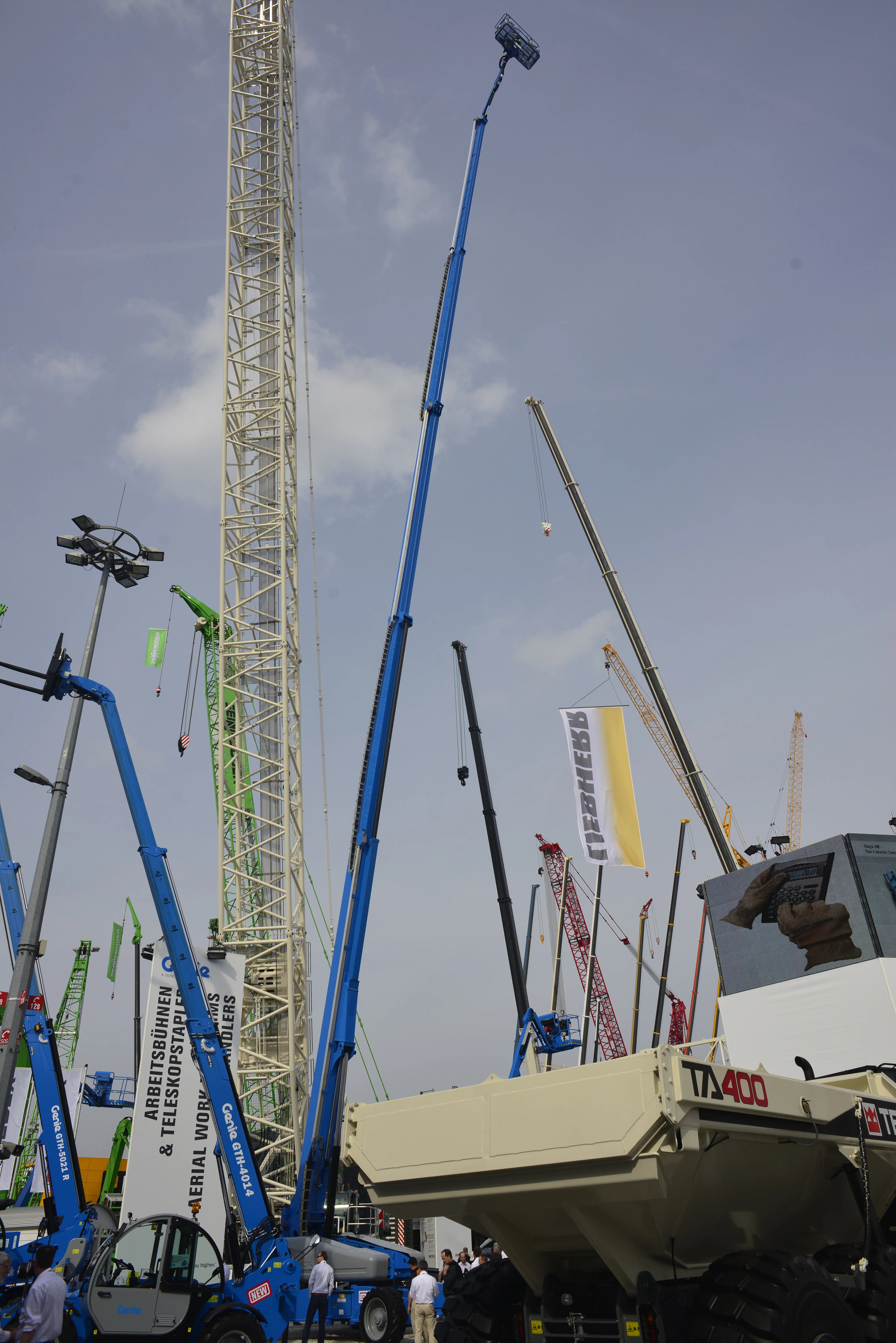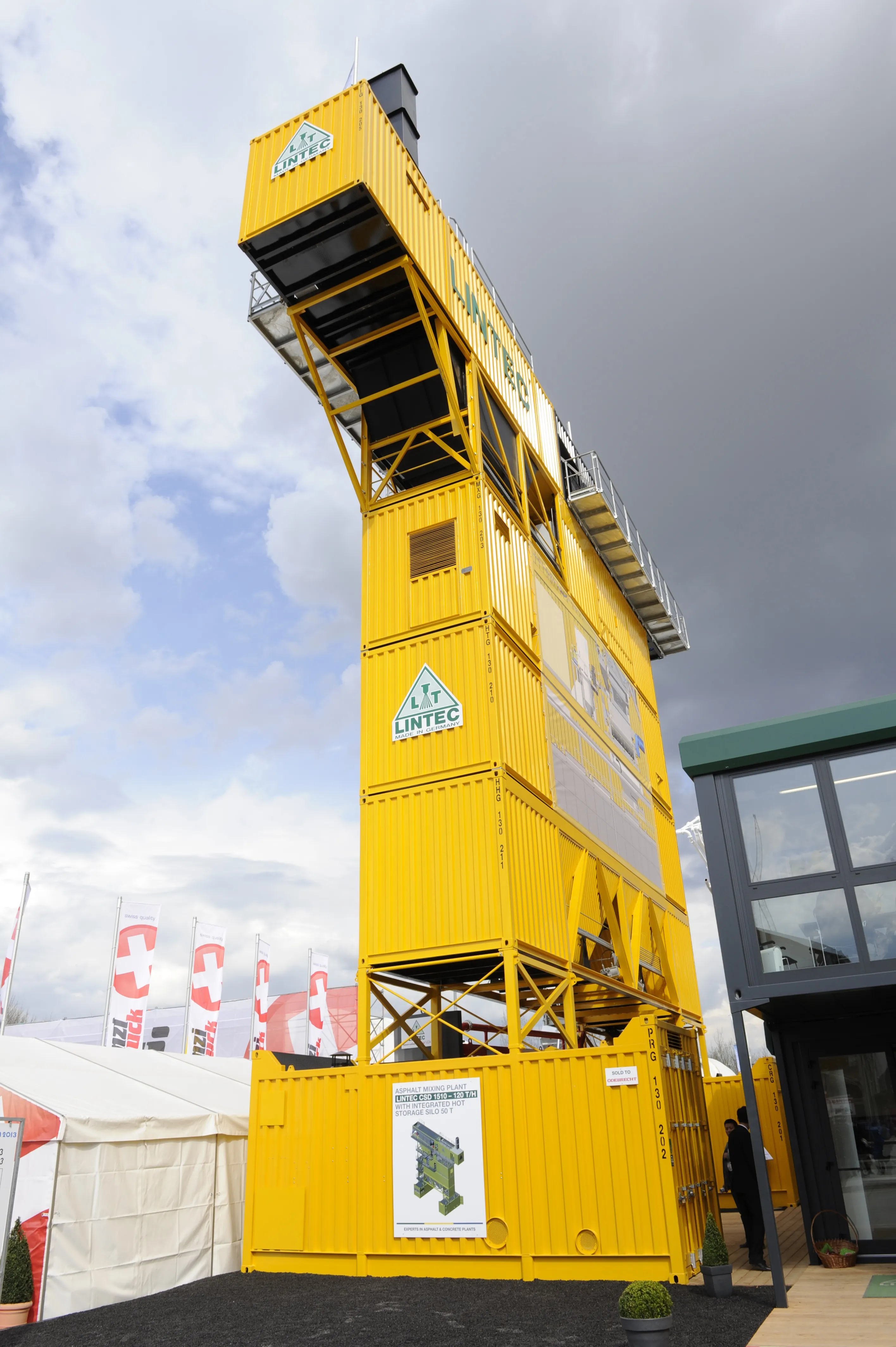Terex aerial work platform business Genie has unveiled, what it claims, is the world’s biggest self-propelled boom, the SX-180. Intended primarily for oil and gas industries, construction and industrial maintenance, the boom has a 54.9m vertical working height and a 24.4m horizontal reach. Equipped with a 2.44m by 0.91m basket, and a 3.05m rotating jib, the machine has a working capacity of 340kg.
January 6, 2017
Read time: 2 mins

Intended primarily for oil and gas industries, construction and industrial maintenance, the boom has a 54.9m vertical working height and a 24.4m horizontal reach. Equipped with a 2.44m by 0.91m basket, and a 3.05m rotating jib, the machine has a working capacity of 340kg.
The SX-180 can be driven at full height, with travel speeds varying depending on working height. With the boom in the stowed position the machine has a travel speed of 4km, dropping to just 0.17km/h when the boom is above 38.1m.
The X-design chassis extends and retracts to provide stability when lifting and narrow dimensions when travelling. Weighing in at just under 25tonnes, and with a stowed length of 12.98m, the SX-180 can be moved without any requirement for over-width or height permits.
“This X-chassis design is also used on our Genie ZX-135 articulating boom introduced this year,” said Scott Kreiger, senior product manager at Terex AWP. “This allows our big booms to share many design features providing parts and operating commonality.”
Stand: F7 710/711
%$Linker:
%$Linker:







